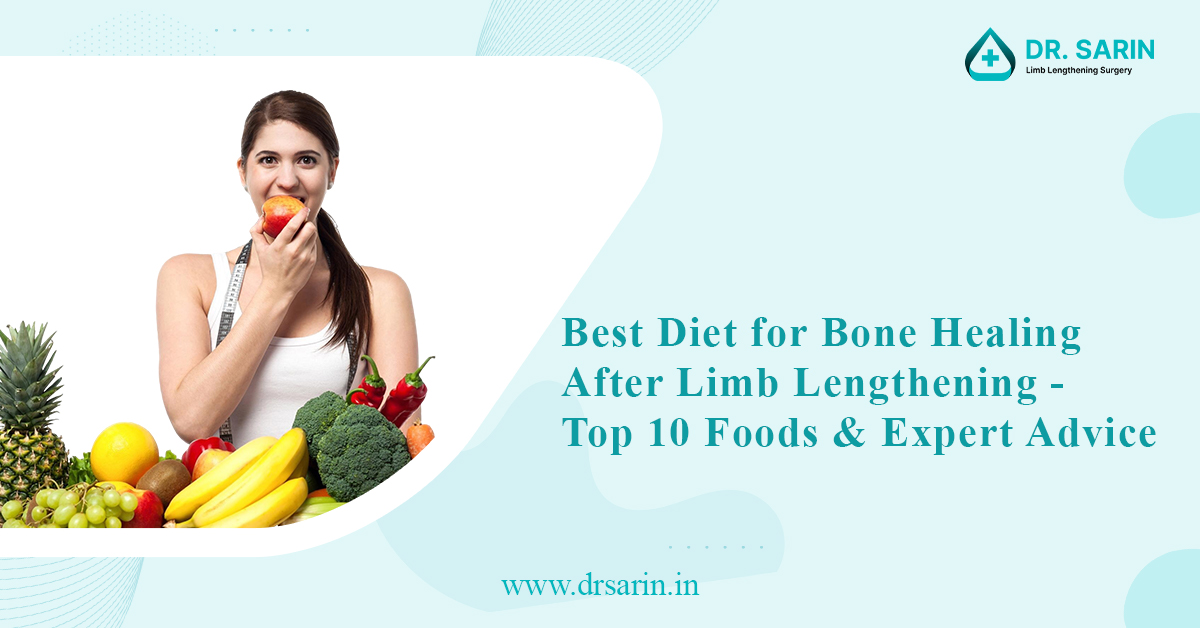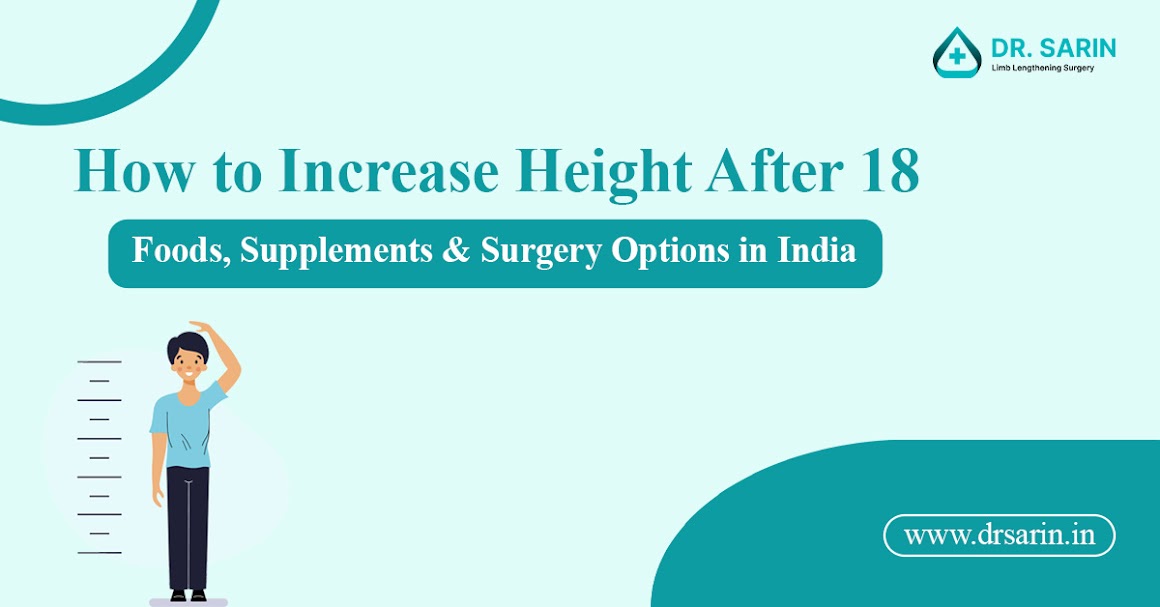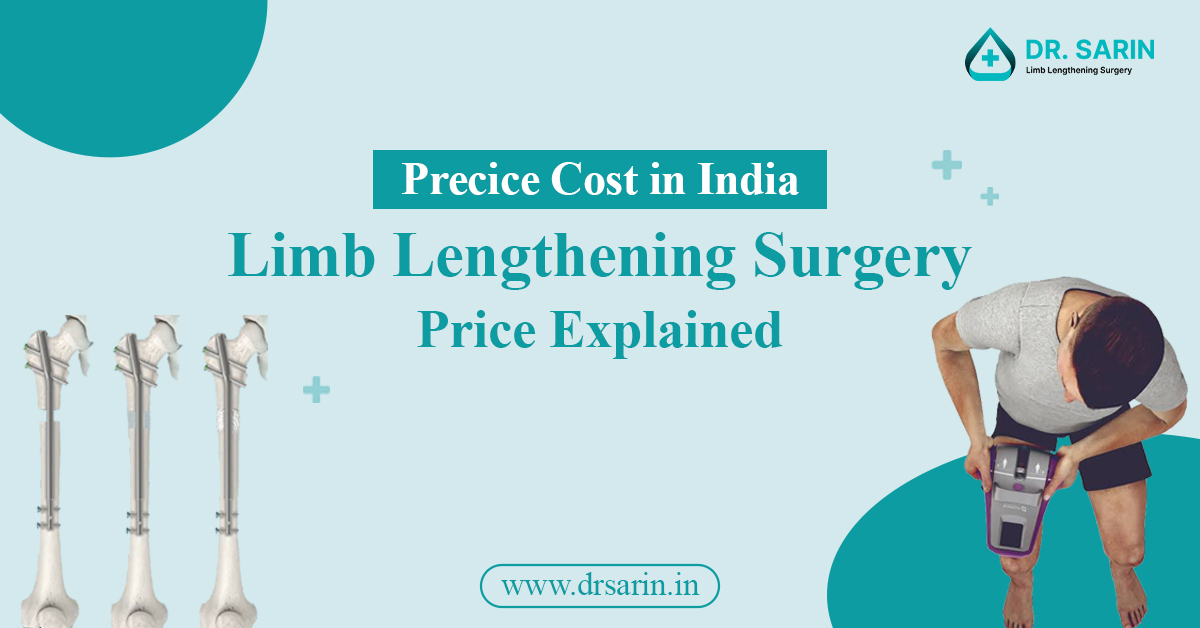A successful limb lengthening surgery isn’t just about the operation-it’s also about what happens afterward. One of the most underrated yet powerful aspects of recovery is your diet. What you eat can significantly speed up healing, strengthen your bones, and reduce complications. At our clinic, we don’t just perform the surgery-we guide you through a complete bone-healing nutrition plan.
Why Nutrition Is Crucial During Bone Healing?
Bone growth after limb lengthening depends on osteogenesis, a biological process requiring energy, protein, and minerals. A lack of critical nutrients like calcium, vitamin D, or protein can delay healing or even lead to complications like weak bone consolidation or fractures.
In short, the right diet is your internal support system for optimal bone health.
Key Nutrients for Post-Surgical Bone Growth
Here are the essential nutrients that form the building blocks of healthy new bone:
| Nutrient | Function |
| Calcium | Key mineral in bone formation |
| Vitamin D | Helps absorb calcium into bones |
| Protein | Builds collagen and bone tissue |
| Magnesium | Supports calcium metabolism |
| Phosphorus | Combines with calcium in bone structure |
| Vitamin K | Helps bind calcium to bone matrix |
| Zinc | Stimulates bone-building enzymes |
Top 10 Bone-Healing Foods to Add to Your Diet
Here’s what you should prioritize on your plate:
- Dairy products (milk, yogurt, cheese)- rich in calcium and protein
- Leafy greens (spinach, kale, broccoli)- magnesium, calcium, vitamin K
- Fatty fish (salmon, sardines)- vitamin D, omega-3s
- Eggs- complete protein and vitamin D
- Nuts & seeds (almonds, chia, sesame)- zinc and magnesium
- Beans & lentils- protein and plant-based phosphorus
- Bone broth- rich in collagen and amino acids
- Whole grains- magnesium and energy for cell regeneration
- Mushrooms- natural source of vitamin D
- Citrus fruits & berries- vitamin C for collagen formation
What to Eat in Each Stage of Recovery
Early Phase (0-4 weeks):
- Focus: reduce inflammation, provide soft proteins
- Eat: soups, stews, bone broth, smoothies, eggs, soft greens
Middle Phase (1-3 months):
- Focus: support bone formation and muscle recovery
- Eat: grilled fish, lentils, nuts, grains, dairy
Final Phase (3-6+ months):
- Focus: rebuild full strength and bone density
- Eat: high-protein meals, weight-friendly carbs, fresh produce
Sample Meal Plan for Bone Recovery
| Meal | Sample |
| Breakfast | Scrambled eggs, whole-grain toast, spinach smoothie |
| Snack | Yogurt with chia seeds and berries |
| Lunch | Grilled salmon, quinoa, broccoli |
| Snack | Handful of almonds and orange slices |
| Dinner | Bone broth soup, lentils, sweet potatoes |
Importance of Hydration and Collagen
Hydration helps transport nutrients to healing tissues and keeps the joints lubricated. Collagen, the structural protein of bones, can be boosted through:
- Bone broth
- Collagen peptides
- Vitamin C-rich foods (supports collagen synthesis)
Supplements We Recommend Post-Surgery
Sometimes food alone may not meet your post-op needs. We often recommend:
- Calcium Citrate or Carbonate- for strong bone matrix
- Vitamin D3- 1000–2000 IU/day
- Magnesium & Zinc- to support metabolic processes
- Hydrolyzed Collagen Powder- especially during early healing
Note: Always take supplements under medical supervision.
Foods to Avoid During Bone Healing
Avoid these to protect your bones:
- Sugary foods- hinder calcium absorption
- Soda & soft drinks- contain phosphorus, which can displace calcium
- Alcohol- slows bone repair
- Smoking- drastically reduces bone density and healing speed
- Too much salt- causes calcium loss via urine
Patient Results from Nutritional Focus
“I followed the clinic’s meal plan and took the recommended supplements. My X-rays showed strong callus formation within 4 weeks!” – Ayush, 26
“The bone broth and spinach shakes worked wonders. No complications and I’m already walking well.” – Kavita, 34
Tips for Vegetarians and Vegans
Worried about a plant-based diet? Don’t be.
- Plant-based calcium: tofu, sesame, almonds
- Non-dairy protein: lentils, quinoa, chickpeas
- Vitamin D: mushrooms, fortified cereals
- Vegan collagen boosters: berries, citrus, zinc-rich veggies
FAQs About Diet After Limb Lengthening
Q1. How much protein do I need daily?
Ans: Aim for 1.2-1.5 grams per kg of body weight.
Q2. Can I take calcium and iron together?
Ans: No. Take them separately to avoid absorption interference.
Q3. Do I need vitamin D even in sunny climates?
Ans: Yes-post-surgery needs may exceed natural synthesis.
Q4. Is bone broth safe daily?
Ans: Yes, it’s highly nutritious and supports collagen.
Q5. Can supplements replace food?
Ans: No-they’re only additions, not substitutes.
Q6. Can I drink coffee during recovery?
Ans: In moderation. Too much caffeine can leach calcium.
Final Thoughts: Heal Faster by Eating Smarter
A well-planned diet after limb lengthening surgery is a game changer and help you retun to work and sports after limb lengthen. We don’t just focus on your bones-we focus on your whole body. That’s why we offer nutritional guidance, meal planning tips, and supplement recommendations as part of your recovery journey.
Stronger bones begin with smarter food choices. And we’re here to guide you every step of the way.
You May Also Like to Read:



